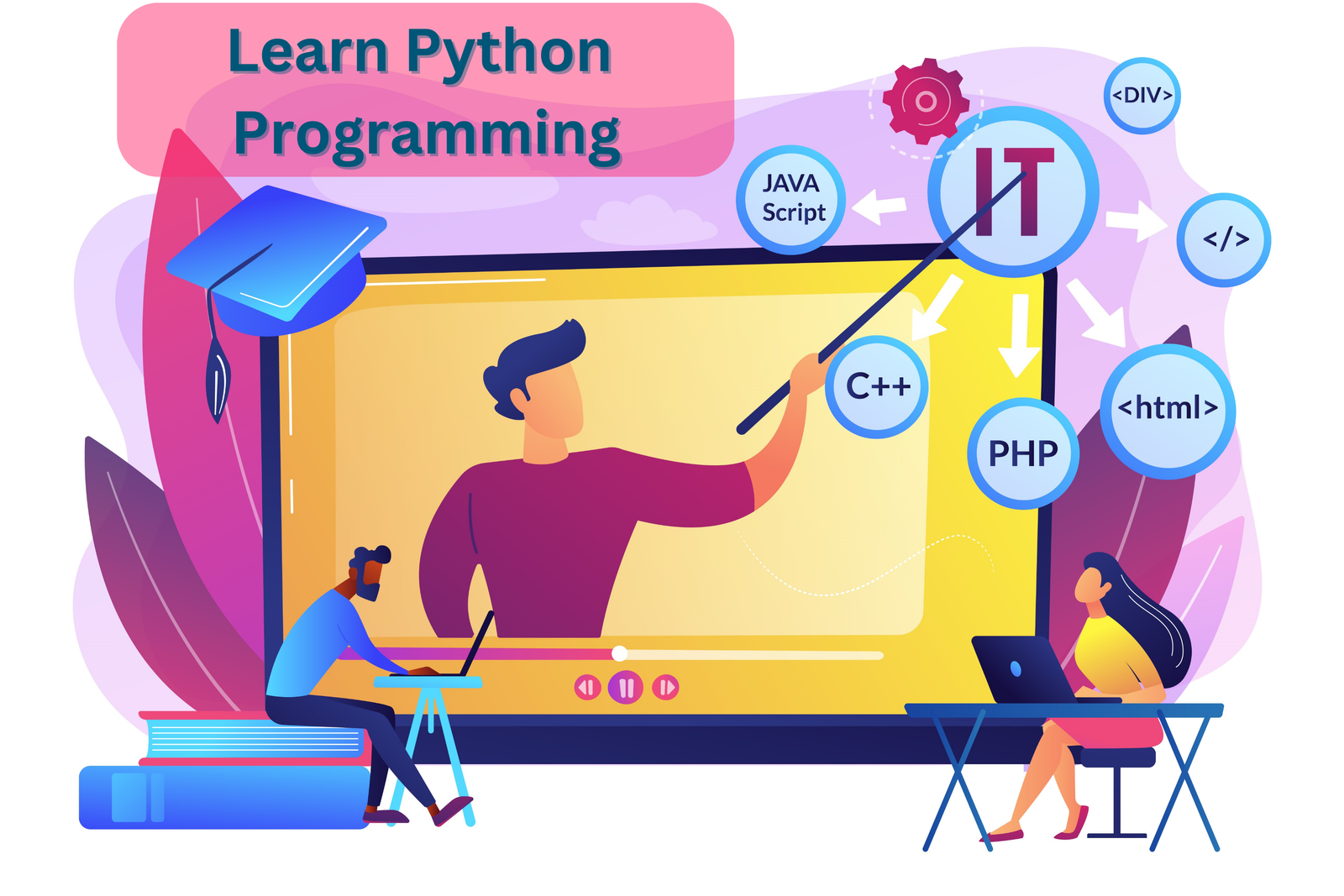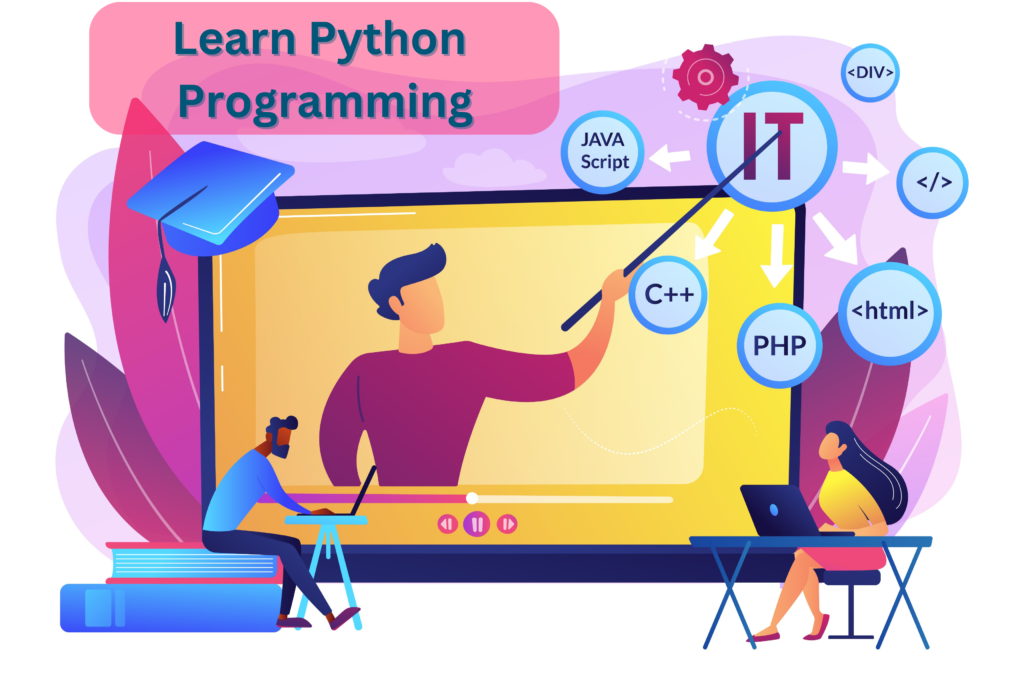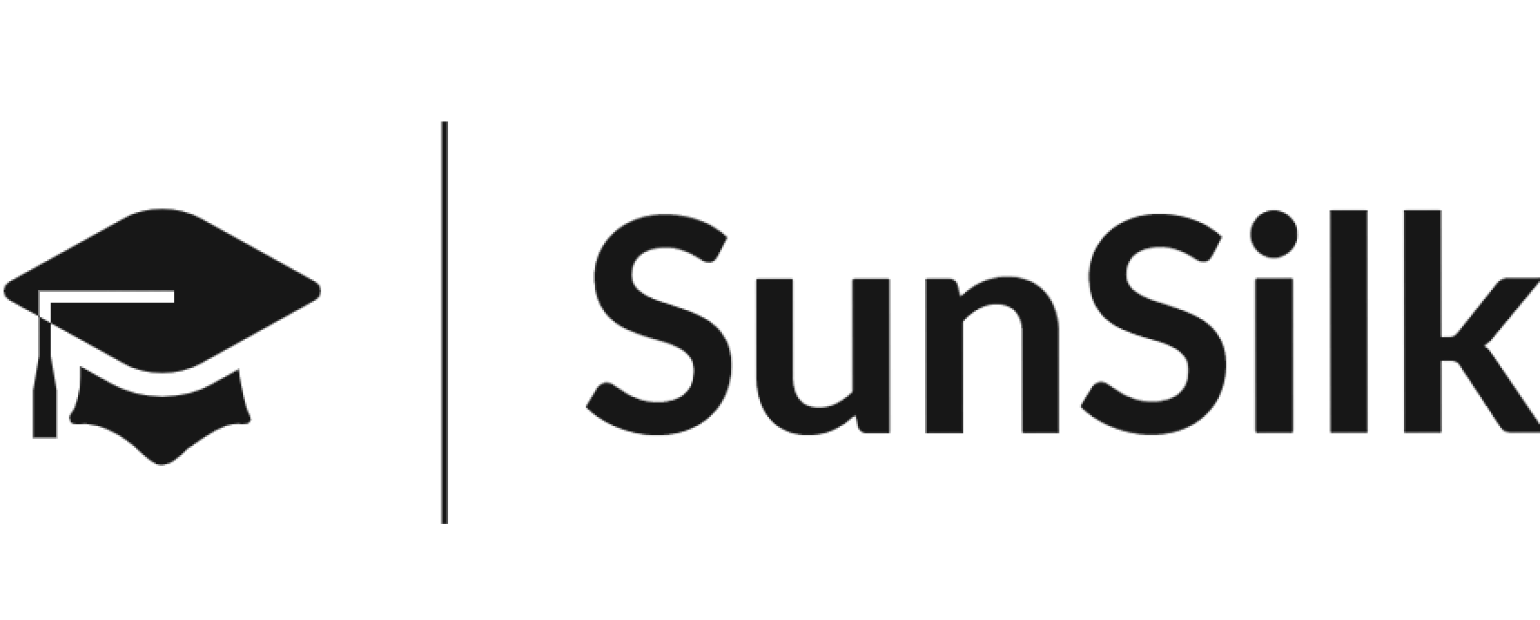
Roadmap to Learn Python for Programming
Sunsilk Career Academy
Here’s a roadmap to learn Python for programming, broken down into beginner, intermediate, and advanced levels. Feel free to adjust the pace based on your learning style and prior experience.

Beginner:
- Set Up Your Environment: Install Python and a code editor like Visual Studio Code or PyCharm. Familiarize yourself with the interactive shell and basic syntax.
- Learn the Fundamentals: Data types (numbers, strings, booleans, etc.)Variables and operatorsControl flow (if/else, loops)Functions and modulesBasic data structures (lists, dictionaries, tuples)Practice writing simple programs and scripts.
- Object-Oriented Programming (OOP):Understand the concepts of classes, objects, and methods.Learn about inheritance, polymorphism, and encapsulation.Practice building small object-oriented programs.
- Data Analysis:Learn about NumPy and pandas libraries for data manipulation and analysis.Practice data cleaning, wrangling, and visualization using libraries like matplotlib and seaborn.Analyze real-world datasets to solve problems.
Intermediate:
- Advanced Data Structures:Master concepts like sets, stacks, queues, and graphs.Implement these data structures using built-in functions and classes.Solve problems using appropriate data structures.
- Algorithms and Problem Solving:Learn common algorithms like sorting, searching, and graph algorithms.Understand algorithm analysis (time and space complexity).Practice solving coding challenges and puzzles on platforms like HackerRank and LeetCode.
- Web Development with Python:Learn frameworks like Django or Flask for building web applications.Connect to databases and APIs to handle data and user interactions.Deploy your web apps to the cloud.
- GUI Programming:Learn Tkinter or PyQt for creating graphical user interfaces (GUIs).Design user-friendly interfaces for your programs and scripts. Build interactive applications like calculators, games, or data visualization tools.
Advanced:
- Machine Learning and Deep Learning:Learn libraries like TensorFlow, PyTorch, and scikit-learn for building machine learning models.Explore concepts like supervised and unsupervised learning, neural networks, and deep learning algorithms.Train models on real-world data and solve complex problems.
- DevOps and Automation:Learn tools like Docker and Ansible for containerization and infrastructure management.Automate tasks and workflows using tools like Git and continuous integration/continuous delivery (CI/CD) pipelines. Build and manage scalable and reliable Python applications.
- Contribute to Open Source:Find open-source projects on GitHub that interest you.Start with small contributions like fixing bugs or writing documentation.Gain experience collaborating with other developers and learn best practices.
- Stay Updated and Keep Learning:Follow Python blogs and communities to stay up-to-date with the latest trends and technologies.Attend meetups, conferences, and workshops to network with other Python developers.Continuously challenge yourself with new projects and never stop learning!
Resources:
- Courses: Python for Everybody Specialization on Coursera The Complete Python Bootcamp 2024 on sunsilk Career academy
Remember, consistency and practice are key. Don’t be afraid to experiment, make mistakes, and seek help when needed. With dedication and the right resources, you’ll be well on your way to becoming a proficient Python programmer!
#pythonprogramming #learpython #python #programming #coder #developer #learncoding #webdev #programmingtutorial #datascience #machinelearning #AI#beginnerpython #intermediatepython #advancedpython #pythoncareer #pythontips #codingchallenges #pythonprojects #opensource #pythondev#datasciencepython #numpy #pandas #dataanalysis #dataviz #machinelearningmodels #deeplearning#djangoframework #flaskframework #webdevelopment #pythonweb #backenddev #pythonfullstack #tkinter #pyqt #pythonui #graphicsprogramming


